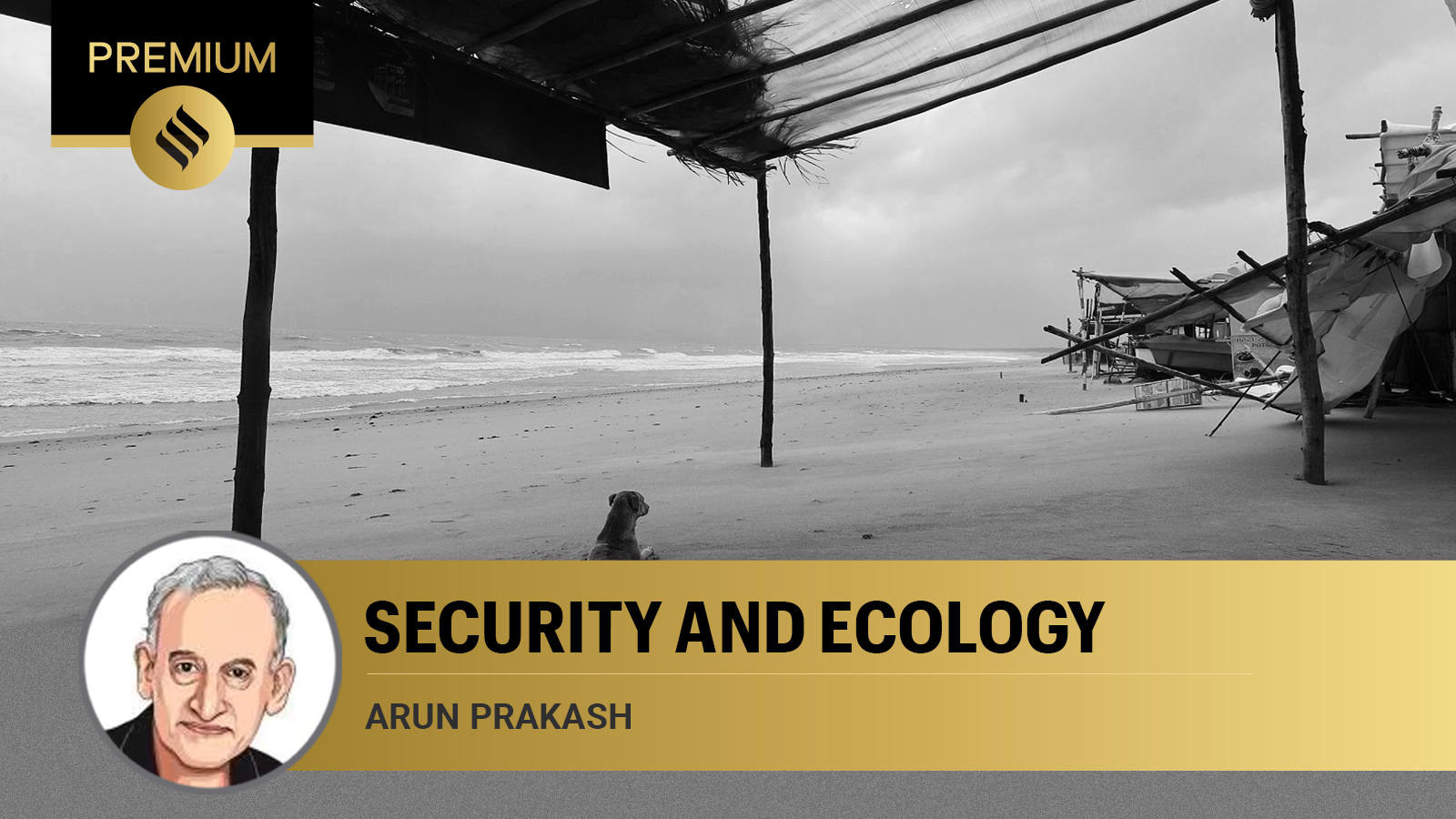As far back as 1945, India’s visionary historian-diplomat Sardar K M Panikkar had warned that, “the active control of the Indian Ocean and defence of the coastline is possible only by having islands as advanced bases. The A&N archipelago is admirably placed to secure control of the Bay of Bengal.”
Manifold preoccupations with the western Indian Ocean expanse had, however, led India to neglect its eastern waters, including the strategic Andaman & Nicobar (A&N) archipelago. These included a perennially adversarial Pakistan, our huge diaspora and trading links with the Persian Gulf, as well as traditional ties with Indian Ocean island nations and the East African littoral. Notwithstanding these pulls, the strong compulsion of economic opportunities in Southeast Asia and the ASEAN region, coupled with growing seaborne trade and energy interests at stake in the Asia-Pacific region did, eventually, give rise, in succession, to the Look East and Act East policies.
New Delhi’s complacency vis-à-vis the A&N islands had other reasons too. Few were aware of our tenuous hold on the A&N. In 1947, Britain had seriously considered retaining them as a Crown possession post-Indian independence, and during the 1965 conflict, Indonesia had offered to annex them on behalf of a fraternal Pakistan. A major reason for the lack of focus was their maritime remoteness. Great Nicobar Island — southernmost of the A&N group — is a mere 140 km from Indonesia, but almost 2,000 km from Chennai.
Any long-term vision for the A&N islands must focus on two major components. The defence of these strategically located insular territories and their vital role in India’s national security matrix. The second, and equally important issue, is their economic development, which will make the islands as self-sustaining as possible and bring prosperity to the islanders.
Panikkar’s advice was heeded only in the aftermath of the near-disaster of Kargil when a joint/tri-service, the A&N Command (ANC), was established in Port Blair, in 2001. For over two decades, the ANC has languished through neglect by the services — an indicator of the resistance faced by “jointness” or inter-service integration within the military. Of late, however, encouraging signs are emerging of efforts to adequately fortify the ANC. From Shibpur in the extreme north to Port Blair, Car Nicobar, Kamorta and Campbell Bay in the GNI, the 800-km long north-south span of the A&N will be guarded by navy and air force airfields/bases. Plans are, hopefully, afoot to invest them with adequate defensive and offensive capabilities so that these strategic islands become India’s eastern maritime bastion and sentinels of the Malacca Straits.
The rich maritime resources of the Andaman Sea offer a huge scope for sustainable growth. The Exclusive Economic Zone (EEZ) of the islands adds up to 6,00,000 sq km or 30 per cent of India’s total EEZ. The waters of the islands abound in marine life, comprising an abundant repository of edible fish, and there is said to be considerable potential for finding hydrocarbons in the Andaman Sea. Far more important than the natural resources of the A&N is their anthropological wealth. The Onge, Jarawa and Sentinelese tribes of the Andamans and the Shompens of the GNI need to be protected.
With limited scope for industrial and agricultural activity in the islands, and given the need to protect indigenous people and preserve their pristine ecological environment, tourism and fisheries had, so far, been considered the most sustainable avenue for their development and revenue/employment generation. However, in the news, recently has been a plan for the “Holistic Development of Great Nicobar Island”.
Conceived by the NITI Aayog and promoted by the media as a “mega-infrastructure project” and a “strategic masterstroke”, this Rs 75,000 crore project is said to be of “importance for defence, logistics, commerce and industries, and eco-tourism”. The project includes an international container transhipment terminal, an international airport, a gas and solar power plant, two greenfield cities, a coastal mass rapid transport system and a free trade zone.
Despite environmental clearances, said to have been accorded by an Expert Appraisal Committee of the Ministry of Environment, Forests and Climate Change, there have been protests and appeals by conservationists, naturalists, various political parties and civil society groups, seeking a halt to the project on environmental grounds. They point to the potentially devastating impact on the Shompen, the tribe of hunter-gatherers, who live in a tribal reserve as well as the many species of flora and fauna, which are exclusive to the two national parks of India and the UNESCO Biosphere Reserve in GNI.
While the NITI Aayog must have undertaken due diligence and a feasibility study before embarking on this project, a few issues need to be re-visited, if necessary, especially in view of the ongoing protests.
One, the security capabilities of ANC need to be addressed separately and must have no linkage with the developments contemplated for GNI. Two, lying equidistant (1,300 km) from established transhipment hubs and bunkering ports of Singapore, Port Klang (Malaysia) and Hambantota (Sri Lanka), the viability of yet another transhipment terminal in GNI becomes doubtful. Moreover, India has recently commissioned, with hope and fanfare, its own transhipment terminal in Vizhinjam in Kerala. Three, aspiring to replicate Singapore/Hong Kong duty-free ports/free trade zones on remote GNI (2,000 km from Chennai and Kolkata) without a hinterland, resources or industrial backup seems unrealistic. In this context, the travails of Sri Lanka’s Hambantota port/airport projects would be instructive.
Finally, the Nicobar group has, apart from GNI, many other islands — Little Nicobar, Nancowry, Kamorta and Katchall — which could accommodate most components of such a project, without risking environmental, ecological and anthropological damage on this scale. These islands are, no doubt, smaller than GNI, but as Chinese civil engineers have demonstrated in the
South China Sea, perseverance and ingenuity can transform mere rocks and shoals into artificial islands.
The writer is a former chief of naval staff



